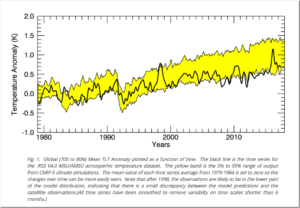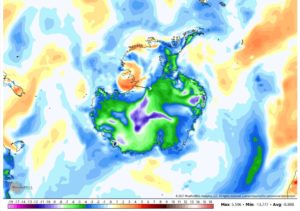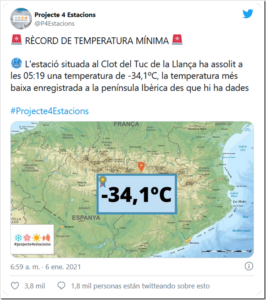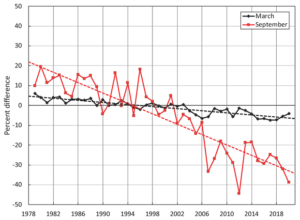by Die Late Sonne, Feb 26, 2021 in ClimateChangeDispatch
Former Iceland Prime Minister fed up with climate tourism: Glaciers used to be smaller than today
By Die kalte Sonne
[German text translated by P. Gosselin]Many glaciers are currently shrinking, as they have always done in the past when the climate warmed up. What’s the news on the glacier front?
In August 2019, the Okjokull Glacier disappeared in Iceland with great media attention. The BBC reported:
Climate change: Iceland holds funeral for melted glacier
The glacier called Okjokull is the first in the country to be lost to climate change, after the warmest July ever on record. Iceland loses about 11 billion tonnes of ice per year, and scientists have warned that there are about 400 other glaciers also at risk. They fear all of the island’s glaciers will be gone by 2200. Glaciers cover about 11% of Iceland’s surface.”
Read more at the BBC.
However, the glacier had not formed until the Little Ice Age. See our article “The cycle is full: the death of an Icelandic glacier that did not exist even during the Medieval Warm Period“. Iceland’s prime minister from 2013-2016, David Gunnlaugsson, dislikes activism. In The Spectator, Gunnlaugsson wrote on November 23, 2019:
Iceland’s melting glaciers are nothing to panic about
…
…






